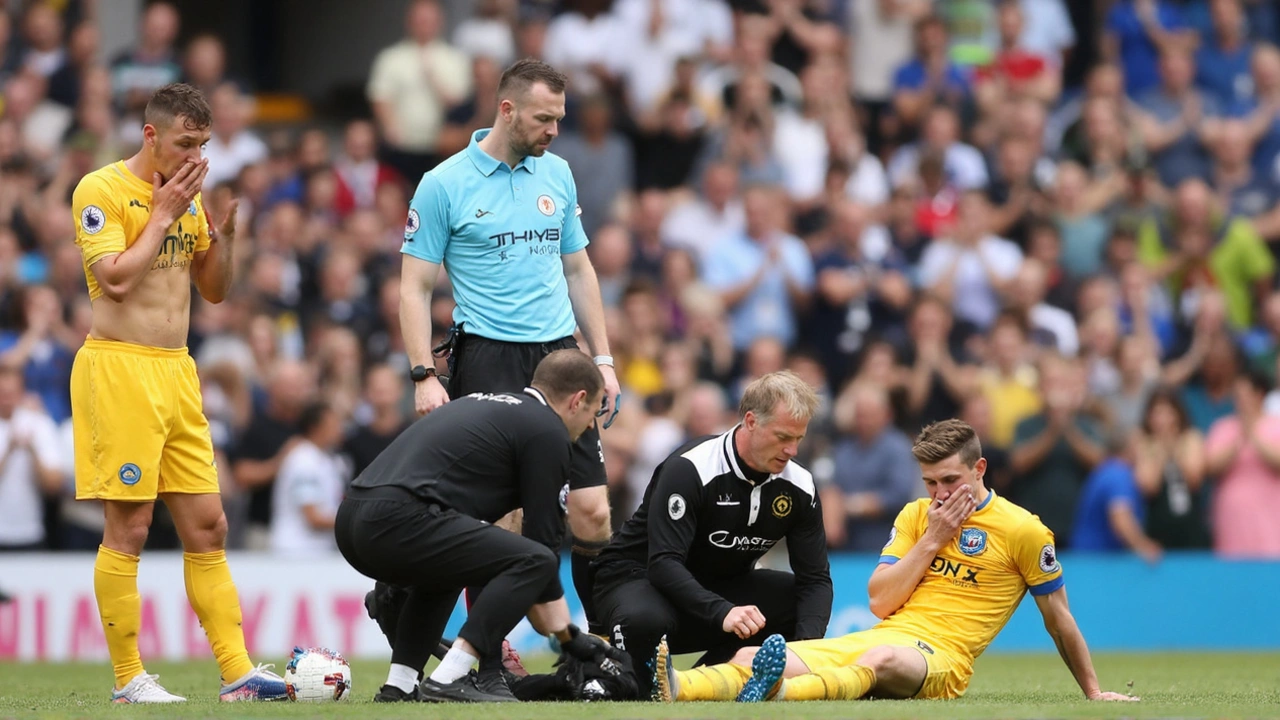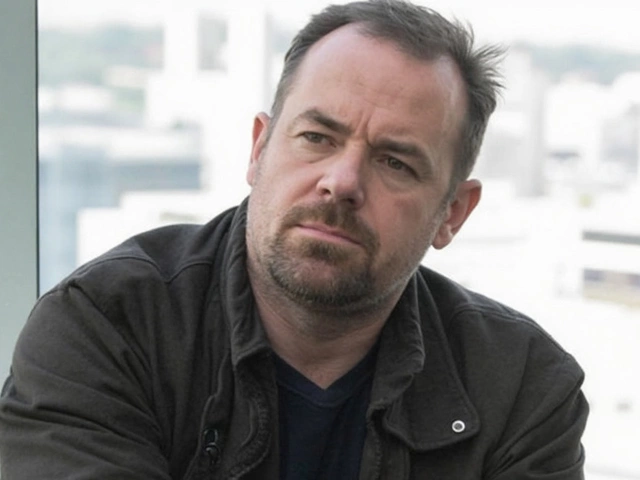Injury Recovery: Simple Steps to Heal Faster
If you’ve just pulled a muscle, twisted an ankle, or taken a knock on the field, the first thing you want is to feel normal again. The good news is that recovery doesn’t have to be a mystery. With a clear plan, the right habits, and a bit of patience, you can shorten the downtime and avoid setbacks.
Plan Your Recovery Right Away
Start by figuring out how bad the injury is. A quick visit to a physio or sports doctor will tell you whether you need a brace, a few weeks of rest, or a full rehab program. Don’t skip this step – guessing can turn a minor strain into a chronic problem.
Once you have a diagnosis, write down a simple timeline. Mark the days you’ll do gentle mobility work, when you’ll add light strength exercises, and when you’ll start sport‑specific drills. Having dates on a calendar gives you something to aim for and keeps you accountable.
Listen to your body during each phase. If a stretch feels sharp or a movement makes you wince, back off. Pain that lingers after a session is a sign you’re pushing too hard. Adjust the load, not the goal.
Everyday Habits That Speed Healing
Rest is more than just lying on the couch. Aim for 7‑9 hours of sleep a night because growth hormone spikes while you snooze, and that hormone is a natural tissue repair booster.
Nutrition matters too. Load up on protein (think chicken, beans, Greek yoghurt) to give muscles the building blocks they need. Add omega‑3 rich foods like salmon or walnuts – they help calm inflammation. Hydration can’t be ignored; water flushes out waste products that can slow recovery.
Gentle movement is key. Even on rest days, do low‑impact activities like swimming or cycling for 10‑15 minutes. This keeps blood flowing to the injured area, delivering oxygen and nutrients that accelerate healing.When you’re ready for rehab exercises, start with range‑of‑motion drills. Simple ankle circles, wrist flexes, or shoulder rolls can restore mobility without straining the tissue. Progress to strength work with bands or light weights, focusing on slow, controlled reps.
Don’t forget to protect the injured part during sport. Use a brace, tape, or supportive footwear as advised by your therapist. This prevents accidental re‑injury while you rebuild confidence.
Finally, stay positive. Recovery can feel slow, but every small improvement adds up. Celebrate when you add a few more reps or walk a little farther. That momentum keeps you motivated and speeds the overall process.
Remember, the goal isn’t just to get back to the game – it’s to come back stronger and smarter. Follow these steps, trust the process, and you’ll be back doing what you love sooner than you think.

James Milner has opened up about almost being forced to retire due to a tough injury, but he's back in action and just 16 games from breaking the Premier League appearance record, having signed a new contract with Brighton. His journey is a testament to resilience and a deep passion for football.
Continue Reading





